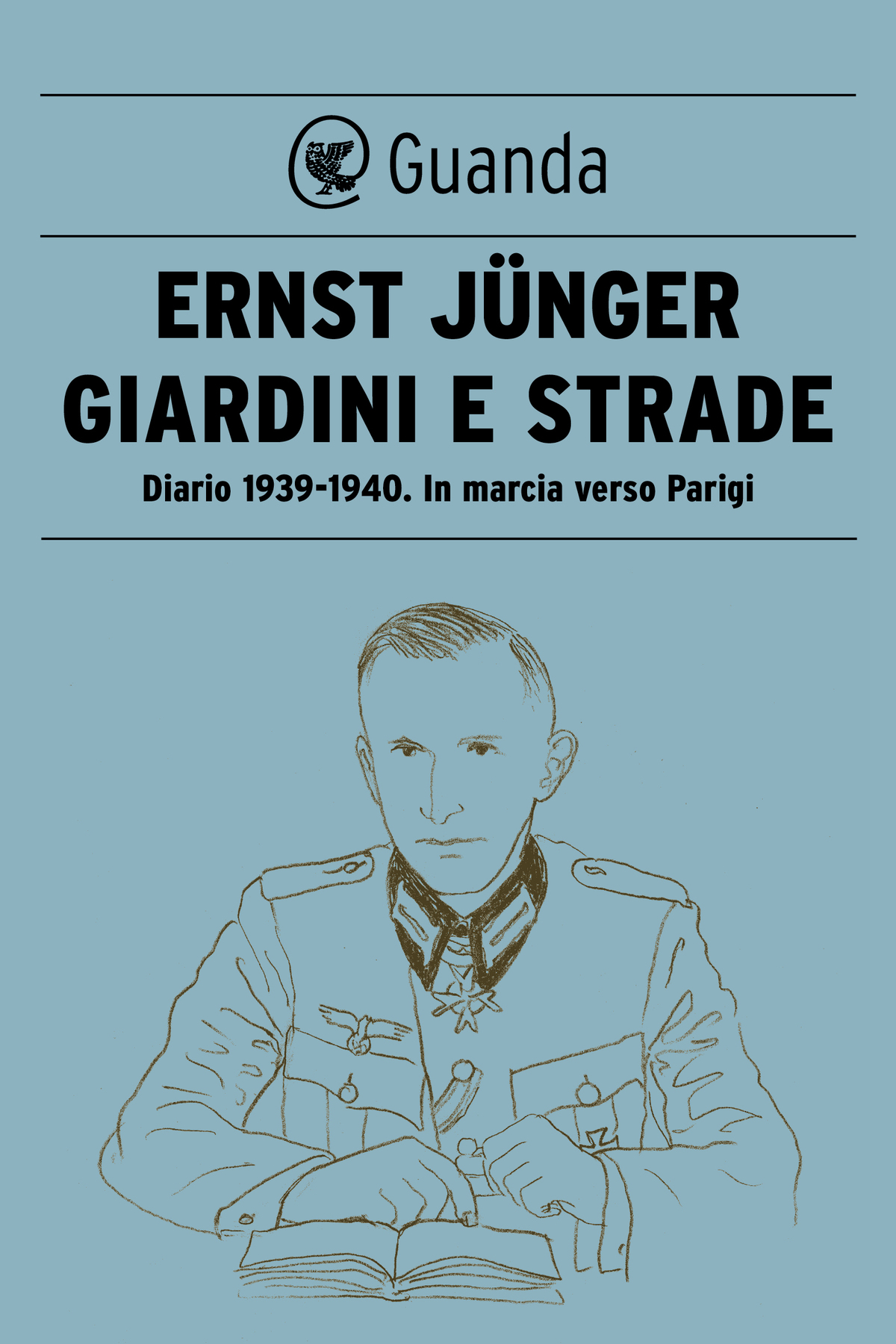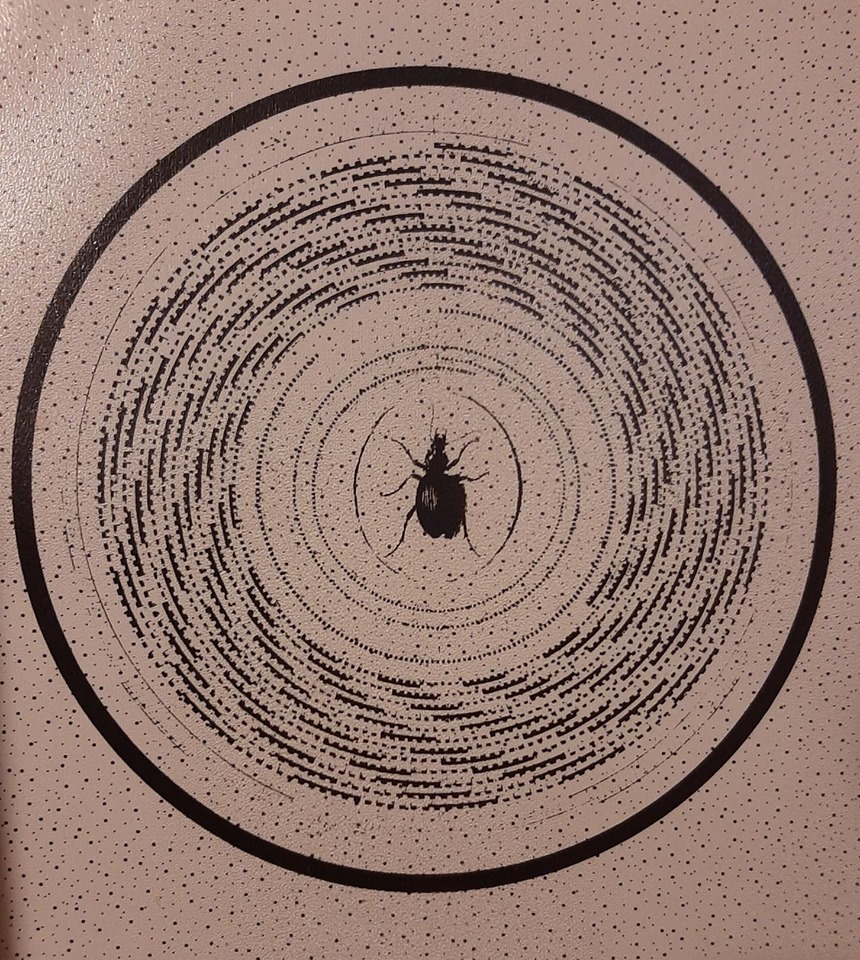L’architecture, depuis l’Antiquité, a eu deux buts : d’une part, celui purement utilitaire de se mettre à l’abri du froid et des intempéries ; d’autre part, cependant, le but politique d’inculquer une certaine idée à l’humanité grâce à la splendeur de son expression dans la pierre. Le premier but était suffisant pour les besoins des…
Architettura e questioni sociali
L’architettura, fin dai tempi più antichi, ha avuto due scopi: da un lato quello puramente utilitario di fornire un riparo contro il freddo e le intemperie; dall’altro, invece, lo scopo politico di inculcare all’umanità una certa idea grazie allo splendore della sua espressione nella pietra. Il primo scopo bastava alle necessità dei poveri; ma i…
La Terra senza di noi
Gli esseri umani sono senza dubbio la specie più invadente mai vissuta sulla Terra. In poche migliaia di anni ci siamo appropriati di più di un terzo delle terre emerse, occupandole con le nostre città, i nostri campi e i nostri pascoli. Secondo alcune stime, ormai controlliamo il 40 per cento della capacità produttiva del…

Giardini e strade
Kirchhorst, 18 aprile 1939 In giardino, scavato sentieri. I vermi che la vanga, affondando, fa a pezzi si attorcono saltellando – il dolore, di fronte a simili visioni, ci tocca per un momento, come con la punta di un bulino. Appare lampante perché il dolore trovi il suo simbolo nel verme, e perché…

SORELLA ANIMA
“SORELLA ANIMA INTERVISTA DI PATRIZIA VALDUGA A GUIDO CERONETTI” 1991 Se è vero, come è stato detto, che l’anima libera è rara, ma che la si può riconoscere perché fa bene starle vicino, allora Guido Ceronetti è anima tra le più libere che sia dato oggi incontrare: la sua vista, la sua vicinanza infondono una…
Avatamsaka Sutra
Il seguente splendido articolo del filosofo americano Benjamin Root, esplora l’idea che vi sia un sottile senso di ‘Divinità non-duale’ che pervade l’insegnamento Buddista, incarnata nel voluminoso ‘Avatamsaka Sutra’. La visione di Root di un’unica, inafferabile, Realtà della Mente non è incompatibile con le idee espresse nei Sutra del Tathagatagarbha. La “non-dualità” è un insegnamento…
LOUIS KAHN
Prima di tutto voglio dirvi che lʹarchitettura non esiste. Esiste unʹopera di architettura. E unʹopera di architettura è unʹofferta alla architettura nella speranza che questʹopera possa diventare parte del tesoro dellʹarchitettura. Non tutti gli edifici sono architettura. Di grandissimo aiuto al mio compito di architetto è la consapevolezza che ogni edificio appartiene a unʹistituzione dellʹuomo.…
L’odore del fieno
Altre notizie su Bruno Lattes 1 Delimitato torno torno da un vecchio muro perimetrale alto circa tre metri, il cimitero israelitico di Ferrara è una vasta superficie erbosa, così vasta che le lapidi, raccolte in gruppi separati e distinti, appaiono assai meno numerose di quanto non siano. Dal lato est, il muro di cinta corre…
La politica dell’esperienza
Se la specie umana sopravviverà, gli uomini del futuro considereranno la nostra epoca illuminata, immagino come un vero e proprio secolo d’oscurantismo. Saranno indubbiamente capaci di apprezzare l’ironia di questa situazione in modo più divertente di noi. È di noi che rideranno. Sapranno che ciò che noi chiamiamo schizofrenia era una delle forme sotto cui…
L’io diviso
Il nostro comportamento è in funzione della nostra esperienza. Noi agiamo secondo il modo in cui vediamo le cose. Se la nostra esperienza viene distrutta, il nostro comportamento sarà distruttivo. Se la nostra esperienza è distrutta, abbiamo perso noi stessi. Ronald Laing
Animula vagula blandula
L’ultima volta che ho visto mio fratello Piero vivo è stato un anno fa, di questi giorni. Per il suo settantesimo compleanno avevo organizzato un mini festeggiamento, con nostra sorella. Tre spiriti che si incontravano provenienti da tre luoghi diversi, come sempre. Quando amici e parenti se ne andarono e noi restammo soli, nella sua…
Un tourbillon d’êtres et de choses
Mirabeau cria si fort que Versailles eut peur. Jamais depuis la chute de l’Empire romain une telle tempête n’avait frappé les hommes, les passions en vagues épouvantables s’élevaient jusqu’au ciel. La force, l’enthousiasme de vingt peuples montaient d’Europe, l’éviscèrent. Un tourbillon d’êtres et de choses partout. Ici, tempêtes d’intérêt, de honte et d’orgueil ; là…
Un turbinare di esseri e di cose
Gridava così forte Mirabeau che Versailles ebbe paura. Dalla caduta dell’impero romano, mai una simile tempesta s’era abbattuta sugli uomini, le passioni in spaventose ondate s’innalzavano fino al cielo. La forza, l’entusiasmo di venti popoli insorgevano dall’Europa, sventrandola. Un turbinare, dappertutto, di esseri e di cose. Qua, bufere d’interessi, di vergogne e d’orgogli; là conflitti…

Artemisia annua
Tè all’Artemisia annua – una rivoluzione nella storia della medicina tropicale Ogni anno 300 milioni di persone soffrono di malaria, e tra 1 e 3 milioni ne muoiono. La riscoperta della pianta artemisia annua è quindi motivo di gioia nel mondo della medicina tropicale. L’artemisinina, estratta dalla pianta, agisce da 10 a 100 volte…

Oriana Fallaci a Pier Paolo Pasolini
“Da qualche parte, Pier Paolo, mischiata a fogli e giornali e appunti, devo avere la lettera che mi scrivesti un mese fa. Quella lettera crudele, spietata, dove mi picchiavi con la stessa violenza con cui ti hanno ammazzato. Me la sono portata dietro per due o tre settimane, le ho fatto fare il giro di…
Giorgio Bassani
«Volle essere Micòl a mostrarmi il giardino. Ci teneva. “Mi sembra di averne un certo diritto”, aveva sogghignato, guardandomi. Il primo giorno, no. Avevo giocato a tennis fino a tardi, ed era stato Alberto, quando aveva smesso di combattere con la sorella, ad accompagnarmi fino a una specie di baita alpina in miniatura, seminascosta in…
Rainer Maria Rilke
ELIOTROPIO PERSIANO Sembra, per la tua amica, altisonante la lode della rosa? Allora scopri l’erba dal bel ricamo, gli eliotropi; sovrasta col fruscio loro incessante il garrulo bul-bul che la compagna (ove a lei piace) canta e ignora quasi. Parola dolce, vedi, s’accompagna di notte ad altre, folte nelle frasi, e un vivo malva di…
Mill Owner’s Association
Quando ero un giovane studente di architettura, Le Corbusier era per me, come si dice oggi, un mito, un mito insostituibile. Mi sembrava che un architetto per essere un vero architetto dovesse disegnare architetture come le faceva Le Corbusier. Dopo molti anni, alla fine degli anni Ottanta, mi sono trovato a Ahmedabad, India, e sono stato ospite di amici…

I racconti del carabo – Carabus tales
Parte I Un giorno di fine novembre, dissipatosi il nebbione, s’è rivelata una mattina luminosa e forse tiepida. I fiori ligulati degli asteri son già tutti secchi lungo il sentiero e delle nappe di cardi spinosi che furono color cinabro restano adesso solo capolini, strutture grigie o marroni, ancor più belle in quanto essenziali nelle…
IL PARADISO
La quinta casa, attraverso la quale scorre il Gihon, è costruita in argento, cristallo, oro puro e vetro. Le travi sono d’oro e d’argento e la fragranza del Libano pervade ogni stanza; qui vidi giacigli d’oro e d’argento, spezie dolcissime, stoffe di cinabro e di porpora tessute da Eva, e filati scarlatti e velli di…
ANA ROXANNE
[bandcamp width=700 height=1128 album=3052994392 size=large bgcol=ffffff linkcol=0687f5 package=201763700]

Se il mondo adottasse una dieta a base vegetale ridurremmo l’uso del suolo agricolo globale da 4 a 1 miliardo di ettari
L’espansione della terra per l’agricoltura è il principale motore della deforestazione e della perdita di biodiversità. La metà della terra libera da ghiacci e deserti del mondo è utilizzata per l’agricoltura. La maggior parte di questo è per l’allevamento di bestiame: il fabbisogno di terra per la produzione di carne e…
Where Enel is, is the devastation.
Where Enel is, is the devastation. The landscape is shocked and feverish. The tower is huge and many ants struggle to serve it. Work is underway on a river port to receive oil and coal by water. In Ostiglia, not far away, another coal-fired power plant sends its fumes up here, so Sermide will have…
Dal mare il pericolo senza nome
Tento di dare un’opinione-pirata. Non ho prove provabili, ma ho il senso del pericolo, in comune con tutti gli animali. Uno di questi è la talpa di un celebre racconto di Kafka. «Si crede di essere in casa propria, in realtà si è nella loro». Esempio strategico pregnante: la linea Maginot aggirata, nel 1940; in…
The mysterious lives of giant trees
Richard Preston | TED2008 | The mysterious lives of giant trees